Standing at the edge of Preveza, I can actually feel layers of history beneath my feet.
From the ancient ruins of Nicopolis to the lively streets of modern Preveza, this corner of southern Epirus in Greece is a living story that stretches back over two thousand years.
Exploring this region connects me to legendary battles, Roman ambitions, and the peaceful rhythms of seaside town life.
When I walk through the remains of Nicopolis, I can almost picture the city in its prime. Rome’s Octavian founded it after his victory at the Battle of Actium.
These ruins speak not just of war, but also of daily life, faith, and trade that shaped the people of Epirus.
Preveza, with its lively port and beautiful coastline, brings a different energy—a blend where ancient and modern Greece cross paths every day.
Traveling here means I get to experience both the mystery of the past and the vibrant culture of today.
Wandering from ancient stones to bustling cafes, I always find something unexpected around the corner.
If you love places where history and daily life blend seamlessly, Preveza at the tip of Epirus is a destination you really shouldn’t miss.
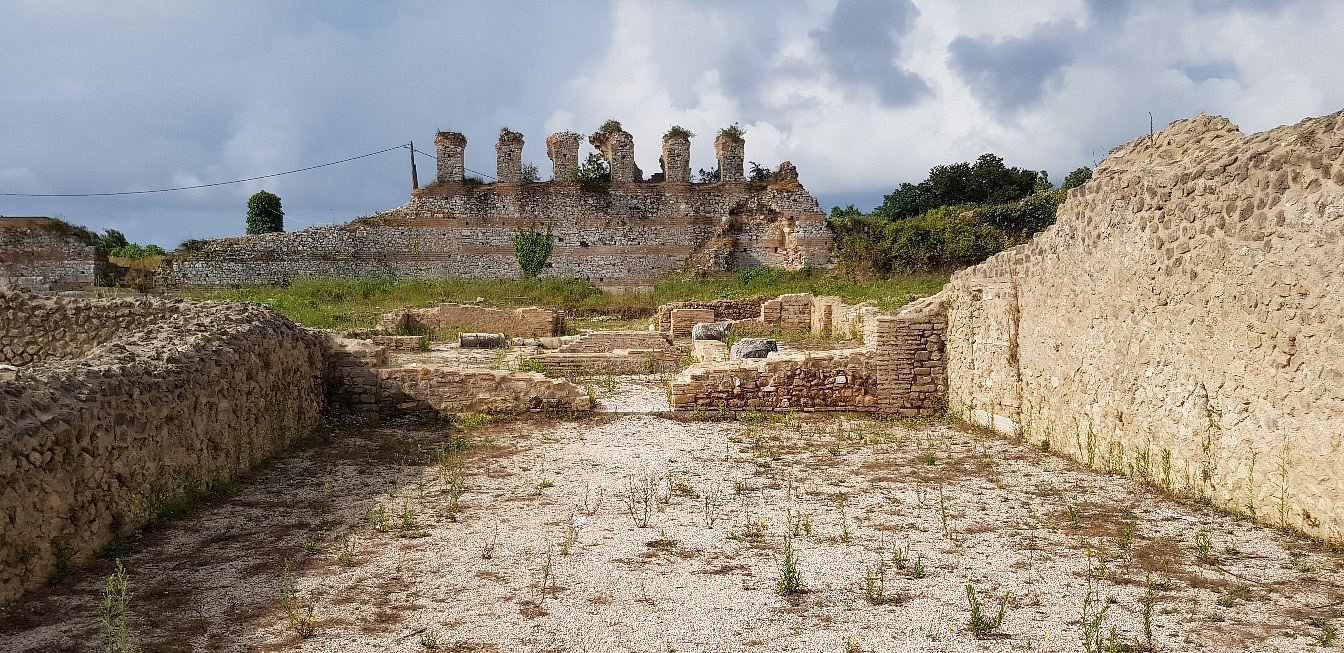
Nicopolis: The Ancient Gateway to Epirus
Arriving near modern Preveza, I start to see how Nicopolis once controlled both land and sea routes at Epirus’ southern tip.
Its ruins tell stories of wars, emperors, and busy marketplaces that shaped the region’s Greek and Roman legacy.
Founding of Nicopolis by Augustus
Standing among the crumbled stones and wild grass, I always remember the city’s dramatic beginning.
The Roman emperor Augustus founded Nicopolis in 29 BC after he defeated Mark Antony and Cleopatra at the Battle of Actium.
He named the city “Nicopolis,” which means “City of Victory” in Greek.
Augustus wanted the city to show Rome’s power over Greece and to keep control over the new provinces.
He brought in settlers from nearby regions and made Nicopolis the main city in Epirus Vetus.
Augustus built a victory monument to celebrate his triumph. He invited Greek citizens each year for games and festivals, mixing Roman customs with local Greek culture.
This city wasn’t just a military outpost—it was a statement, both political and cultural, aimed right at the heart of Greek history.

Roman Influence and Cultural Legacy
When I walk through the uneven lanes of the site, I notice how strongly the Romans influenced every detail of city life.
Nicopolis grew into a center for administration and trade, connecting Epirus with the rest of the Roman Empire through major roads and the nearby harbor.
Romans brought new building styles, public baths, forums, and even an aqueduct for fresh water.
Greek traditions continued, but Roman law, architecture, and customs slowly took root over the centuries.
Many Greek residents started to adopt parts of Roman culture, like language and dress.
Nicopolis also hosted Greek games, drama contests, and sacrifices in honor of the emperor.
The city’s blend of traditions reminds me how Epirus became a meeting point for ancient worlds.
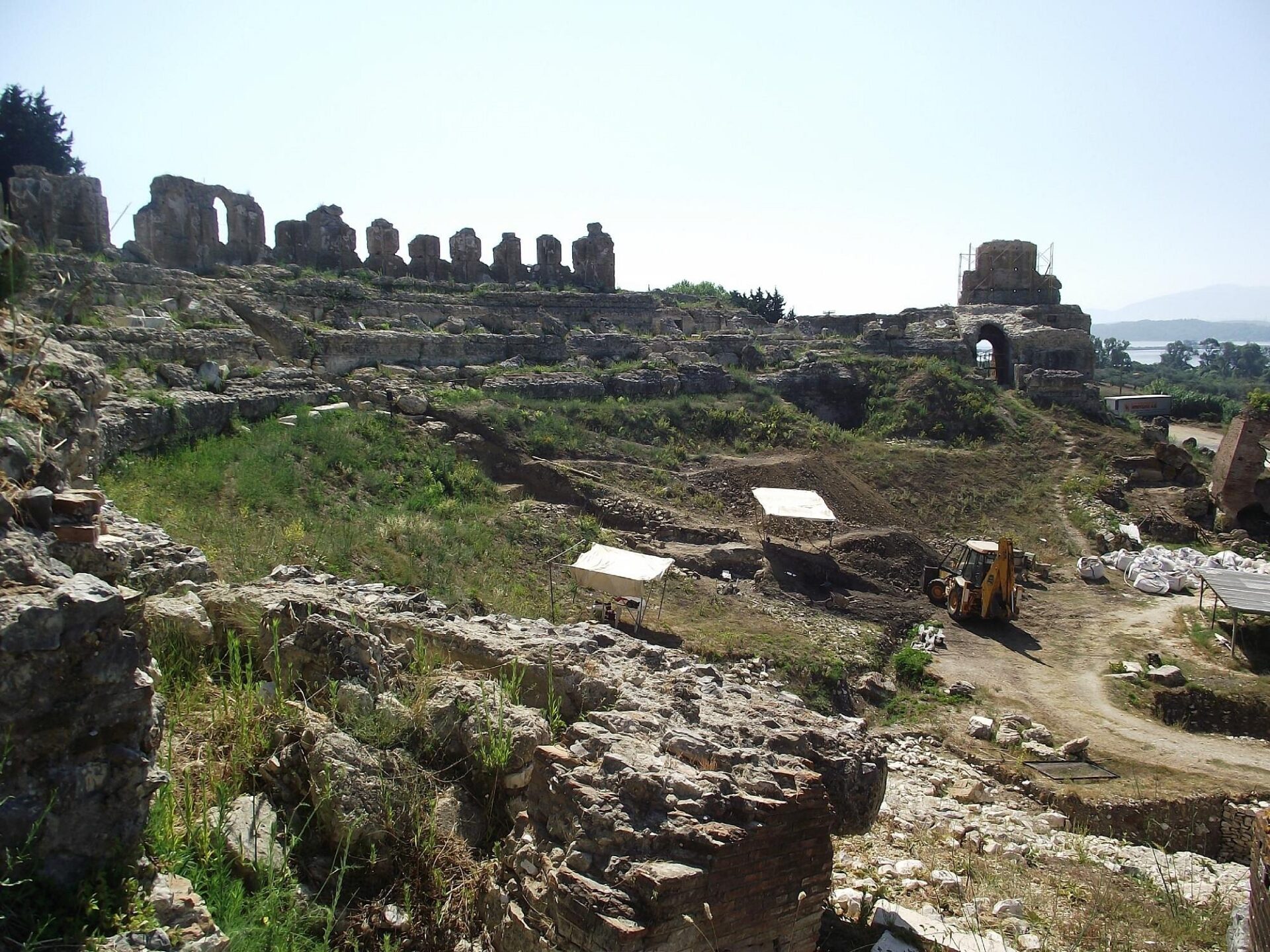
Key Monuments and Archaeological Sites
One of my favorite things about exploring Nicopolis is stumbling upon its ancient monuments.
The Victory Monument of Augustus stands near the original site of his Actium camp.
Huge marble blocks show carved weapons and inscriptions remembering the famous battle.
The ancient theater still has stone seats and entryways worn smooth by centuries of footsteps.
The stadium hosted athletic games every four years, drawing crowds from all over Greece.
You’ll also find impressive city walls, Roman baths, and early Christian basilicas.
As I walk through overgrown temples and shattered columns, I can imagine ancient crowds gathering for festivals or debates.
These sights really are a highlight for anyone interested in Greek history and culture.
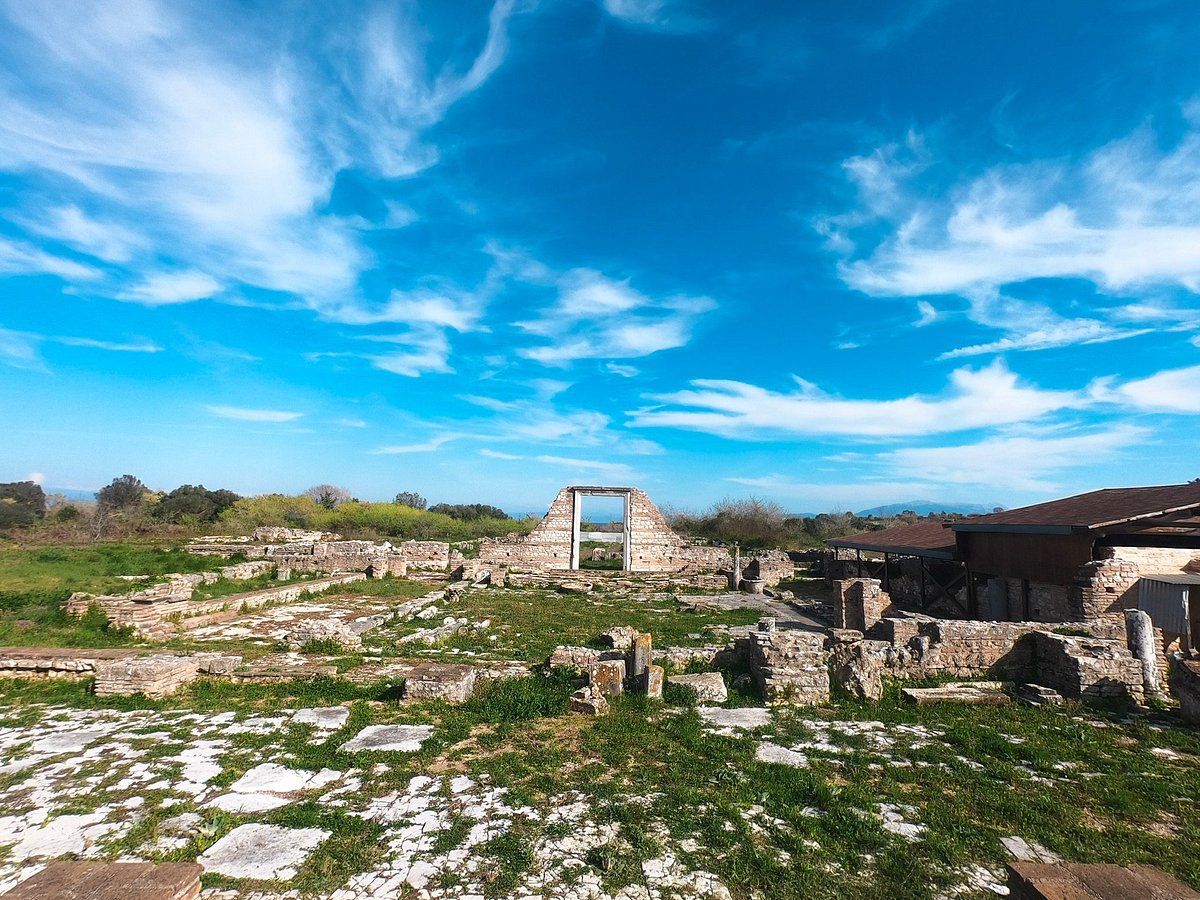
Excavations, Museums, and Visitor Experience
When I visit Nicopolis today, archaeologists keep uncovering more about Greek and Roman life.
Excavations began in the early 20th century and still continue, revealing coins, mosaics, statues, and daily objects that help fill in the picture.
The Archaeological Museum of Nicopolis displays many of these discoveries.
Inside, I get to see mosaic floors, marble sculptures, and pottery that once filled local homes and temples.
Displays walk you through how Nicopolis changed from a Roman city to a center of early Christianity.
Visitors can follow clear paths and signs to explore the ruins.
Picnicking near the basilicas or wandering the old roads, I find it easy to imagine life here two thousand years ago.
Guided tours and special events bring the city’s stories to life, making it a top spot for anyone interested in antiquity, archaeology, or Greek culture.
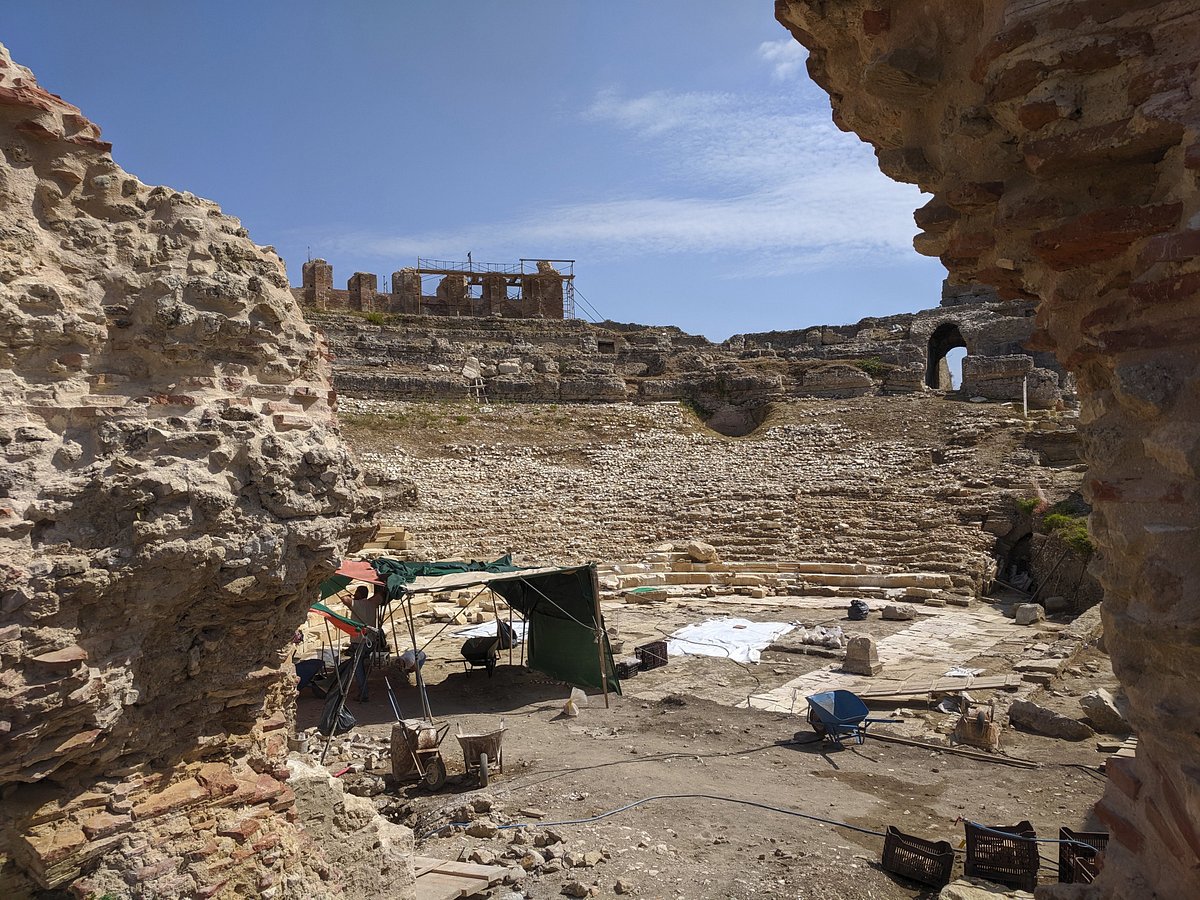
Preveza: From Ottoman Rule to Modern Vibrancy
When I walk the streets of Preveza, I see evidence of centuries of change—fortresses with thick walls, old Orthodox churches, busy harbors, and colorful town squares.
Preveza’s unique blend of empires and cultures shapes everything from its food to local traditions.
The Venetian and Ottoman Period
When I first arrived in Preveza, the city’s layers of history really stood out.
In the late Middle Ages, Venetian and Ottoman powers battled for control of this strategic port.
The Venetians left behind fortresses and trading outposts, and you can still spot them along the coast.
By 1463, the Ottomans captured Preveza.
They built even stronger fortifications by 1465, mainly to secure their hold on the entrance to the Ambracian Gulf.
The Ottoman period changed daily life, from the city layout to the local markets.
As I explored the old town, I found narrow lanes that reflect this era’s urban planning.
I recommend checking out the Pantokratoras Fortress—the stone walls here really do tell stories of battles and shifting rulers.
Over time, trade and culture blended, giving Preveza a rich eastern Mediterranean character.
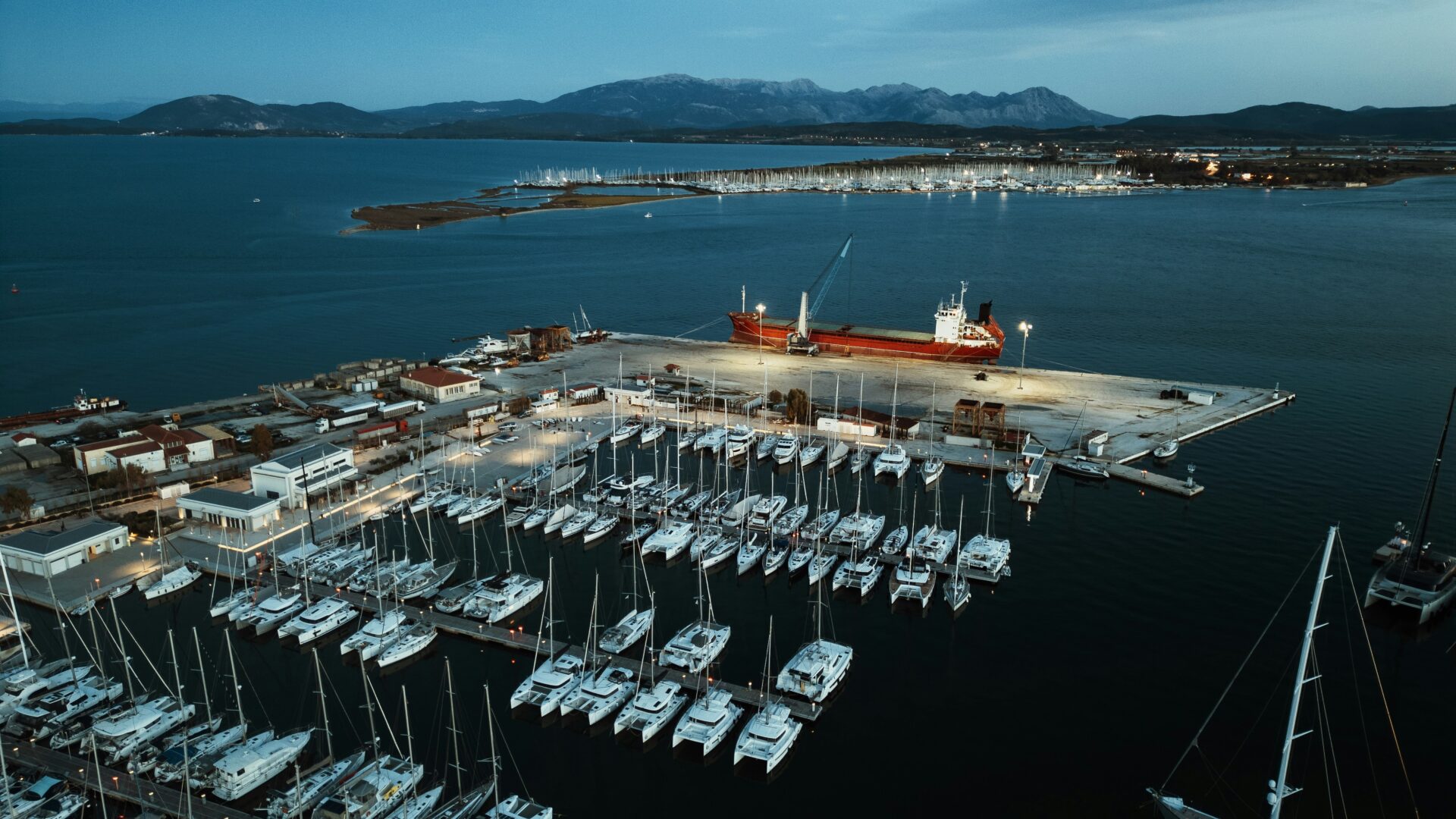
Byzantine and Post-Byzantine Heritage
Beneath the echoes of Ottoman rule, Preveza keeps traces of a Byzantine legacy.
Long before the Ottomans, Byzantine Greeks controlled Epirus, leaving behind their own marks—especially in religious and defensive sites.
As I wandered around Preveza, I discovered older churches tucked between modern shops.
Many of these churches reflect the post-Byzantine period, showing unique artwork and architecture.
If you’re fascinated by history, you should try tracing the remains of the original Byzantine fortress.
Some stones and foundations are still visible near the harbor, and local guides love sharing their stories.
Despite centuries of change, Byzantine traditions still shape local festivals and religious ceremonies.
In Preveza, history feels alive and always close by.

Transformation into a Modern Greek Town
Preveza started to change into a Greek town after the Greek Army liberated it from Ottoman control on October 21, 1912.
The town center began to shift, with neoclassical houses joining the older Ottoman and Venetian buildings.
I could sense the move toward a more vibrant, cosmopolitan identity.
Walking along the waterfront, I noticed lively tavernas and cafes packed with locals.
The old market streets, once filled with Ottoman traders, now host local boutiques and Greek bakeries.
Festivals mix traditions from every past empire, making Preveza’s culture diverse and welcoming.
For travelers, Preveza offers a blend of ancient walls and modern energy.
Exploring here, I see how layers of history have shaped a town that welcomes the world but never forgets where it came from.

Cultural Heritage and Local Traditions
Wandering from the ruins of ancient Nicopolis to the lively streets of Preveza, I notice how deep-rooted history and living culture brush up against each other.
Epirus holds on tightly to its past, but it’s also a place that loves to celebrate life with lively traditions and flavors.
Epirus’ Distinctive Identity
Epirus, tucked in northwestern Greece, has always felt a bit different from the rest of the country.
The tall Pindus mountains and winding rivers helped keep local customs strong.
I quickly notice how much people here value their unique Epirot identity.
Locals speak with pride about their traditions, handed down from one generation to the next.
Walking through villages, I hear stories about past struggles and victories—tales of Ottoman resistance and the spirit of independence.
Traditional stone houses, narrow streets, and old crafts catch my eye at every turn.
I often see women weaving or men carving wood, keeping skills alive that go back centuries.
Epirot hospitality is something special.
Offering a warm welcome, even to strangers, seems to be a point of honor here.
That sense of belonging and local pride is something you can feel almost right away.
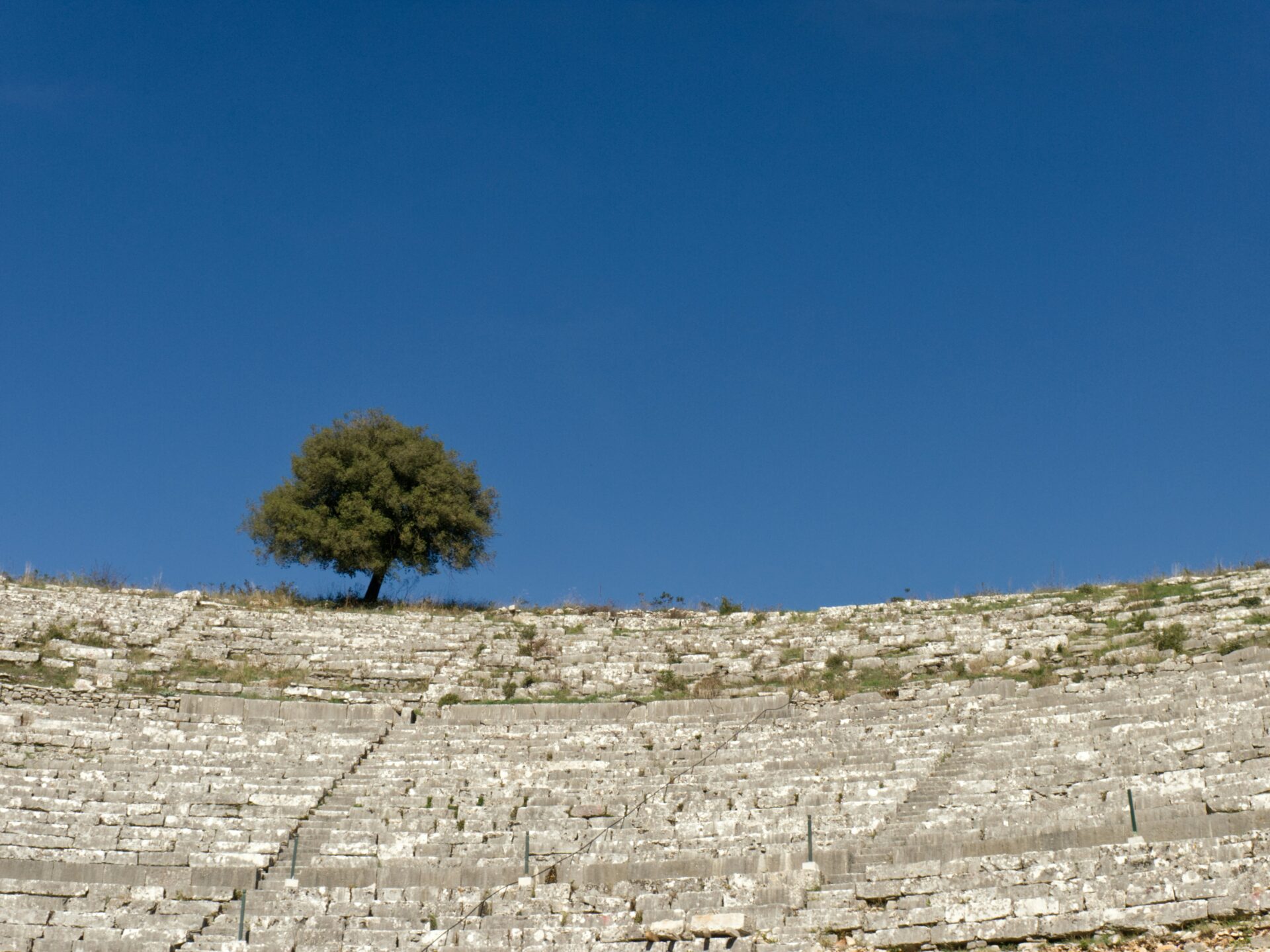
Orthodox Church Influence and Celebrations
Faith shapes daily life in Epirus, with the Greek Orthodox Church playing a central role.
Every town and village has at least one whitewashed church—sometimes centuries old.
I find quiet moments watching parishioners light candles and whisper prayers.
Major religious festivals are big events.
Easter, the biggest of all, fills Preveza with candlelit processions, church bells, and shared feasts after midnight.
During the Dormition of the Virgin Mary in August, people gather in monastery courtyards to eat, pray, and dance late into the night.
Iconography and Byzantine chants make services moving, even for someone like me who’s just passing through.
Locals often invite guests to join celebrations, turning strangers into friends with a simple gesture or a slice of bread.
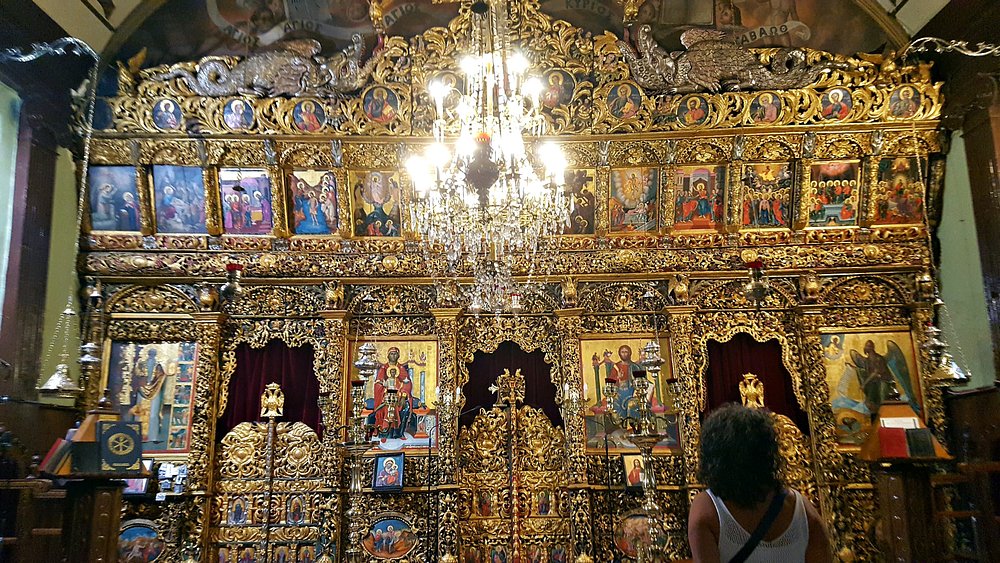
Local Cuisine and Culinary Experiences
Epirot cuisine stands out for its simplicity and rich flavors.
Dishes often use whatever the land provides—mushrooms from the woods, freshwater fish from the rivers, and hearty greens.
I’ve lost count of how many times someone handed me a piece of homemade cheese, like feta or the local myzithra.
Pies, or pites, are everywhere.
Cheese pies, spinach pies, or even pumpkin pies using flaky phyllo dough are daily favorites.
Kleftiko, slow-roasted lamb with herbs, and bakaliaros skordalia, fried cod with garlic dip, are some standout dishes I’ve enjoyed at gatherings.
Hospitality at meals is key—tables are set with extra plates for any unexpected guests.
Evenings might end with a glass of local tsipouro (a grape-based spirit) and clinking glasses as everyone says “Yamas!” to good health and new friendships.
| Local Dish | Description |
|---|---|
| Pita | Savory pies with cheese, greens, or meat |
| Kleftiko | Slow-cooked lamb with lemon and herbs |
| Tsipouro | Strong grape-based spirit |
| Bakaliaros | Fried salted cod with garlic dip |

Festivals, Music, and Storytelling
No matter the season, there’s usually a festival in Preveza or a nearby village.
I’ve stumbled upon feasts for saints’ days with food, folk dancing, and musicians playing the clarino (that lively clarinet).
The music here has a raw, earthy sound, echoing through mountain valleys and calling everyone to join the dance.
Storytelling is woven into daily life.
Elders gather in cafés to share tales from Nicopolis’ glory days, legends about brave rebels, or funny village stories.
These stories shape how people see themselves, connecting new generations to their roots.
Young and old gather in village squares during summer celebrations.
Under twinkling lights, I joined in traditional dances—the steps easy to pick up, the mood always welcoming.
That sense of togetherness, carried by music and memories, is what I remember most from my time at Epirus’ southern tip.
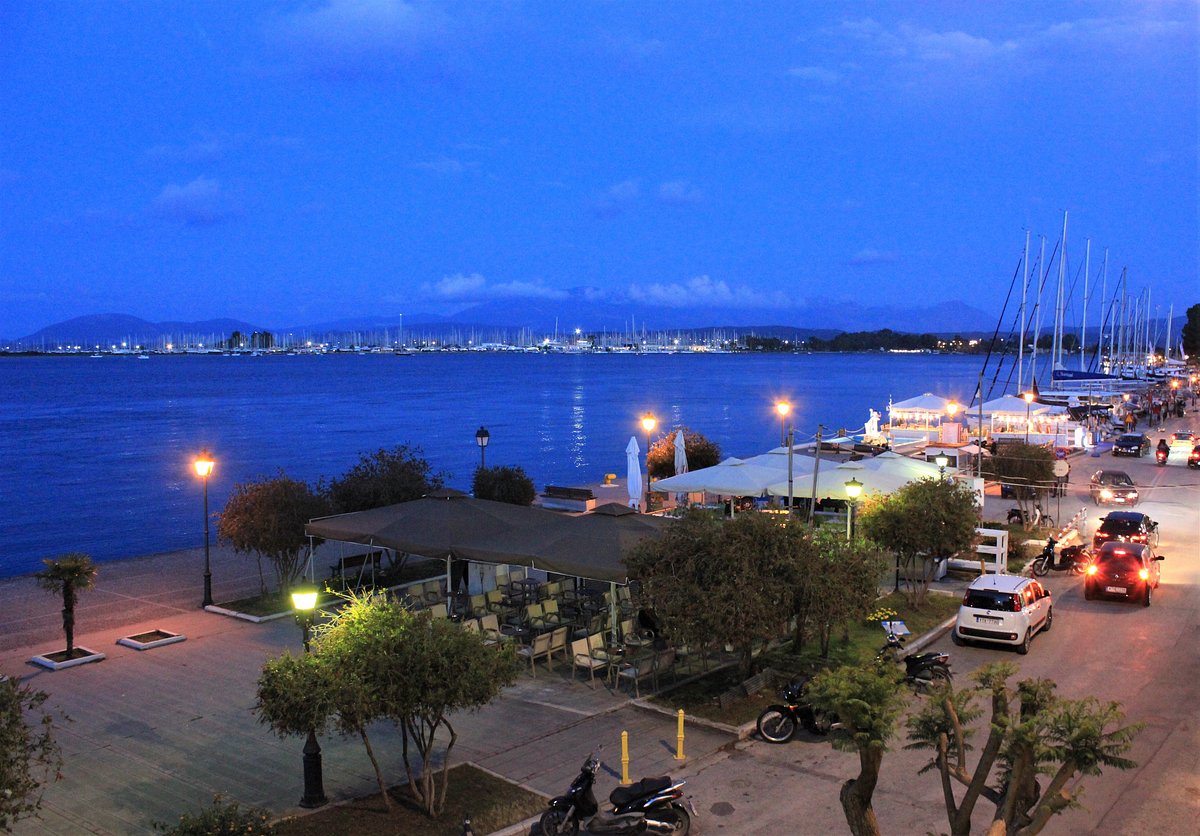
Natural Beauty and Hidden Treasures in Southern Epirus
Southern Epirus is a region where nature and history blend in surprising ways.
From hidden lakes and coastal trails to charming villages, this area offers something unique with every turn.
Rivers, Lakes, and Coastal Wonders
When I stood along the banks of the Acheron River, history and mythology suddenly felt real. The river carves deep gorges, and lush greenery hugs its edges.
Clear water rushes past boulders and ancient olive groves. It’s a peaceful place—perfect for kayaking or just wading in on a hot day.
Lake Ziros sits quietly, tucked away from the crowds. I like to walk the footpaths circling its shore, especially in spring when herons drift by and wildflowers bloom everywhere.
The still water mirrors the blue sky and the rolling hills of Epirus. It’s a good spot if you need a break from busier places.
The Ionian coastline stretches out in a line of hidden coves and private beaches. In the morning, sunlight sparkles on the water, and rocky outcrops give you quiet corners for a swim.
The sea air here feels fresh—almost wild—compared to the bigger Ionian islands. Sometimes I just sit and listen to the waves.

Nearby Villages and Attractions: Parga and Zagori
Parga pops with color, its houses climbing up the hillside beneath a Venetian castle. I love wandering those narrow streets in the evening.
Cafés spill out along the waterfront, and at sunset, the view over the Ionian Sea is just incredible.
If you head inland, the stone villages of Zagori invite you to slow down. Stone bridges arch over rivers below forested hills.
Hiking in Vikos Gorge tests even regular walkers, but the views at the top? Absolutely worth it.
Some guesthouses here feel lost in time, which makes them perfect when you want to disconnect. The pace in these villages is slow and easy.
I find local tavernas serving wild greens and sheep’s milk cheese. Nobody rushes in Zagori or Parga—it’s just a calm, grounding place that keeps pulling me back.
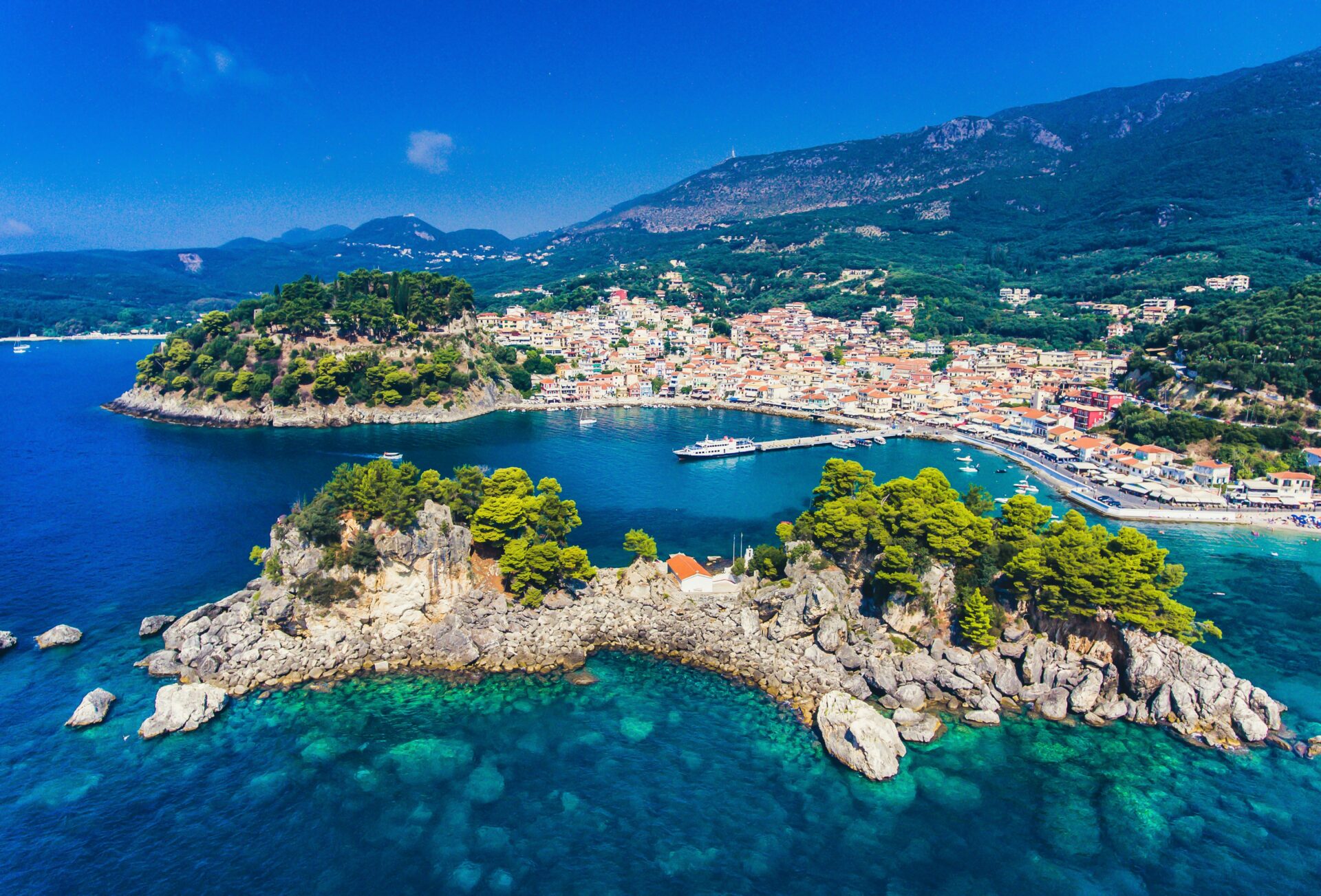
Outdoor Adventures Along the Ionian Coast
When I walk the coastal trails between Preveza and the Ionian beaches, I’m always surprised by how untouched everything feels. Pine forests meet sand dunes, and sometimes I stumble on hidden paths that drop down to quiet coves.
Swimming is a must, but you’ll find good snorkeling around the smaller reefs too. In summer, local guides lead sea kayaking trips that show off a wilder side of the coast.
If you’re into cycling, you’ll find paved routes hugging the sea and dirt roads winding through olive groves. I always bring a picnic to one of the more secluded beaches.
These simple, private spots let me soak in the natural beauty without crowds or noise—just waves and maybe a seabird or two.
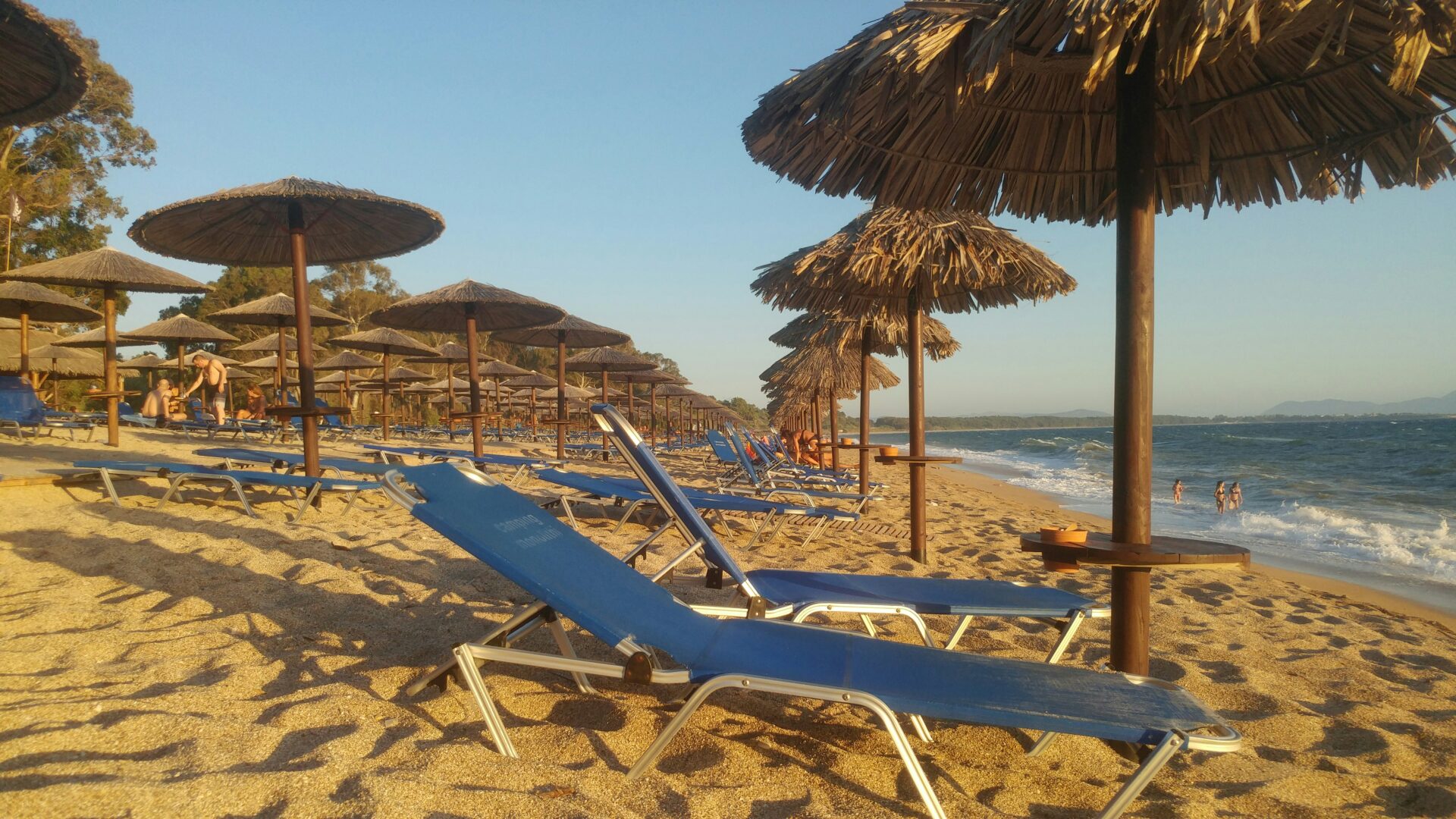
Epirus in the Tapestry of Greek and Western Civilization
When I stand at the southern tip of Epirus, I can’t help but feel the weight of centuries around me. This part of Greece has shaped ancient history and the roots of modern Europe in ways that still echo now.
Epirot Legacy in Greek History
Walking the old streets near Nicopolis, I imagine Epirus as a crossroads for different Greek tribes. The Epirotes played a big role here—Pyrrhus launched his campaigns from this land, fighting legendary battles against Rome.
His “Pyrrhic victory” is still a phrase we use today. Epirus didn’t stay isolated.
The Greeks here mixed with their southern neighbors, trading language, culture, and beliefs. The remains of oracles like the Necromanteion remind me how myth and religion shaped the Epirot identity.
When I visit these ruins, I feel a connection between local legends and the wider Greek world.
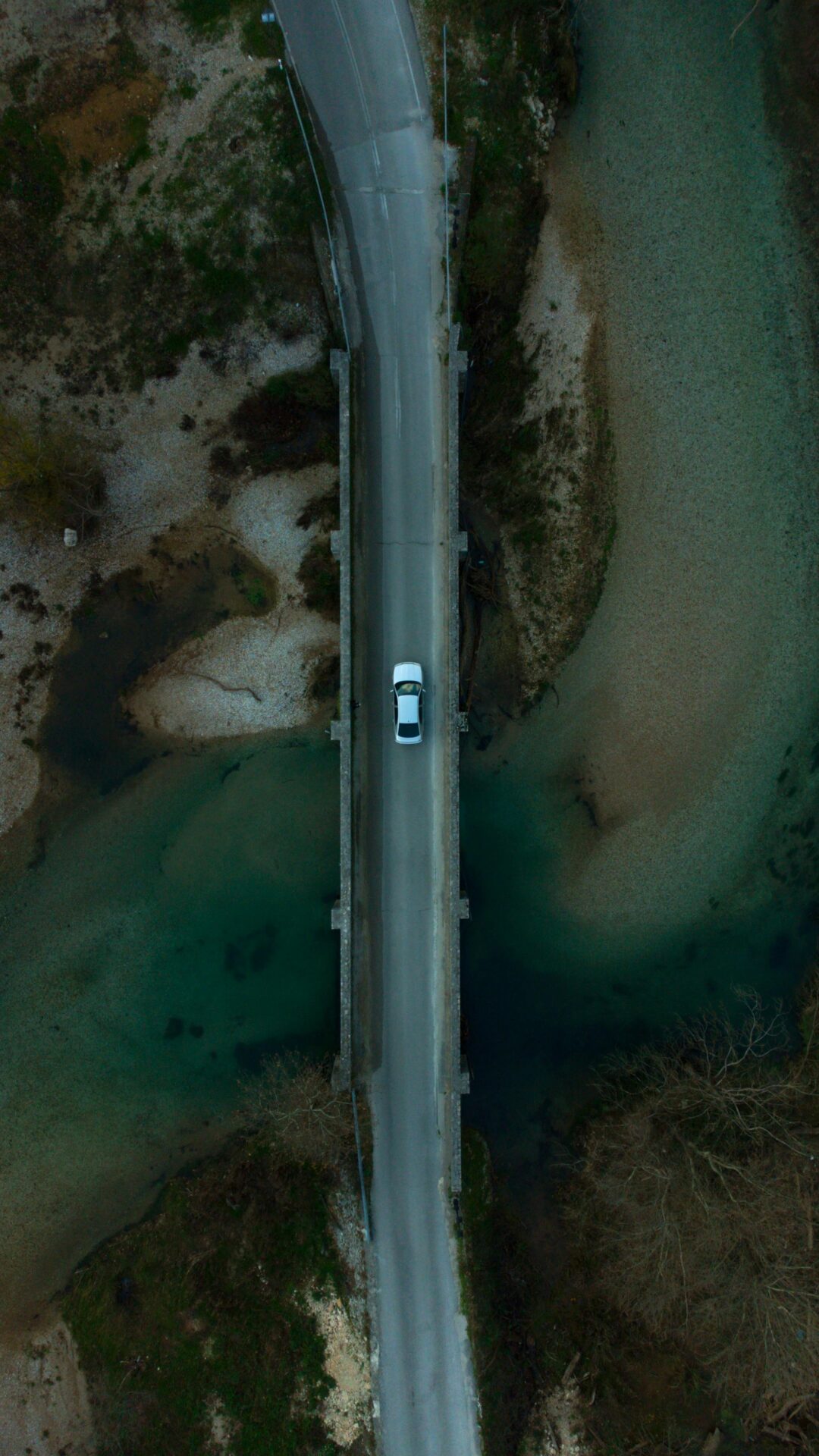
Role in Democracy and Western Heritage
Most people connect democracy with Athens, but you can find early self-governance in Epirus too. The Molossian League used assemblies where free men gathered and made decisions—an early form of communal leadership.
When I explore these old meeting places, I remember that democracy took many shapes across Greece. Ancient Epirus bridged the Greek world and the West.
Its people met Macedonians, Romans, and even Celtic tribes. These encounters changed not just politics, but daily life and social rules.
Epirus belongs to the larger story of western civilization. If you want to see how democracy spread beyond Athens, this is the place.
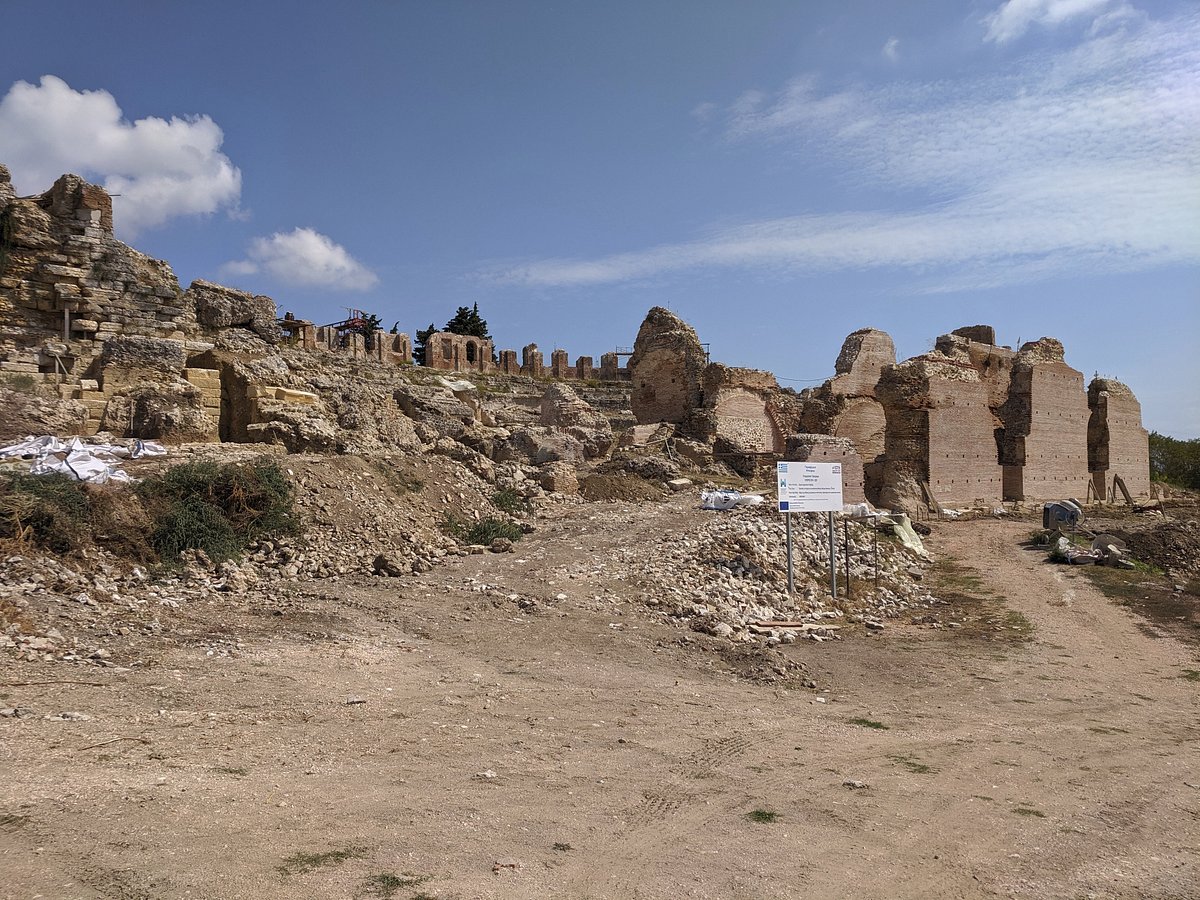
Influence of Ancient Greeks and Modern Connections
Ancient Greek culture, art, and architecture left their mark everywhere in Epirus. The city walls of Nicopolis show off advanced planning and skill.
These ruins aren’t just stones; they tell stories about how the Epirotes lived, worshipped, and defended their land. Modern Preveza and the towns nearby still reflect this legacy.
Taverns play traditional music, festivals bring back ancient rituals, and locals talk with pride about their Hellenic roots. For travelers, these living traditions offer a glimpse into how ancient Greece survives and changes.
Every visit feels like a lesson in the lasting ties between past and present along the Ionian coast.
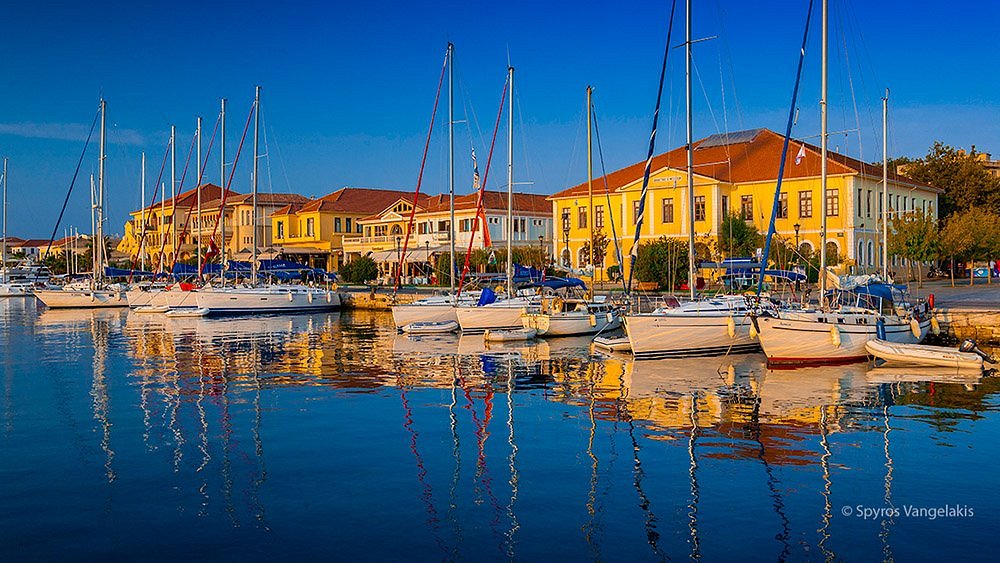
Travel Tips and Experiences for the Epic Journey
Stepping from the ancient stones of Nicopolis into the buzz of Preveza feels like more than just a short trip. Every moment along the way brings history, bold flavors, and hospitality that make me want to slow down and really take it in.
Best Hotels and Accommodations
When I stay in Preveza and around Nicopolis, I look for hotels that mix comfort with local character. Boutique hotels in Preveza’s old town put me close to the harbor and tavernas.
If I’m after something modern, I pick a beachfront resort just outside the city—these usually come with pools and sweeping sea views.
Here’s a quick look at some options:
| Hotel Name | Location | Style | Standout Feature |
|---|---|---|---|
| Dioni Boutique | Preveza Center | Boutique | Rooftop breakfast |
| Daluz Hotel | Near Nicopolis | Modern Suites | Swimming pool, parking |
| Preveza City Hotel | Preveza Center | Classic | Steps from main square |
I’ve spotted plenty of family-run guesthouses in quiet neighborhoods too. They often serve homemade breakfasts and give the best tips for exploring.
Booking ahead, especially in summer, helps you get better choices and prices.
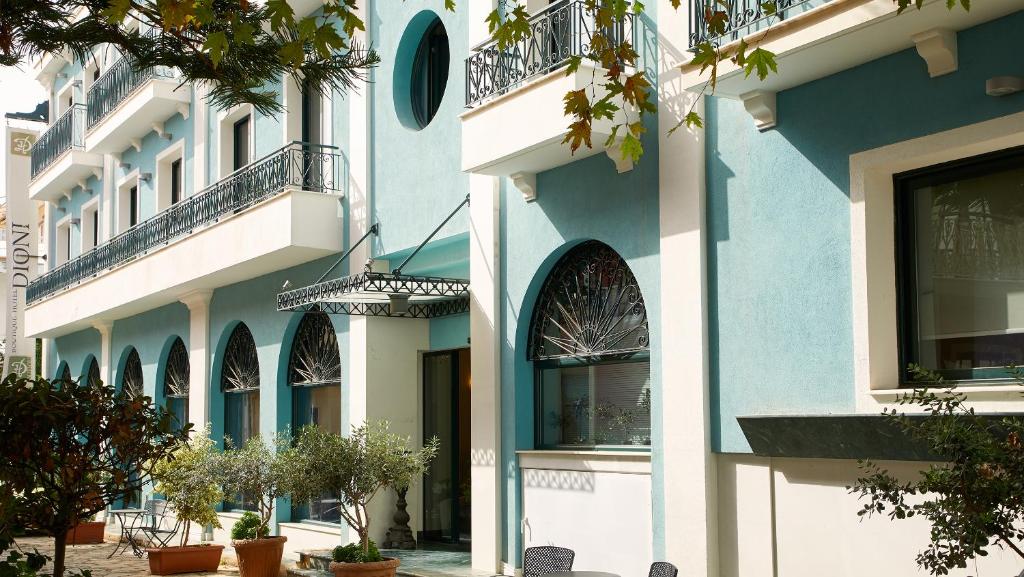
Planning Your Route From Nicopolis to Preveza
The trip from ancient Nicopolis to the center of Preveza is short—just about 7 kilometers. I usually rent a car for the freedom, but taxis and bikes are easy to find.
The drive winds through olive groves, low hills, and sometimes you catch glimpses of the Ambracian Gulf. If you stick to the main road, it’s a straight drive, but I’d suggest a quick detour along the coast.
Walking is possible if you’re feeling adventurous and gives you time to take in the landscape. The signs are clear, and finding parking at both sites is simple.
If you want digital resources, you’ll find plenty of travel videos and ebooks with maps and visuals to help plan your stops.
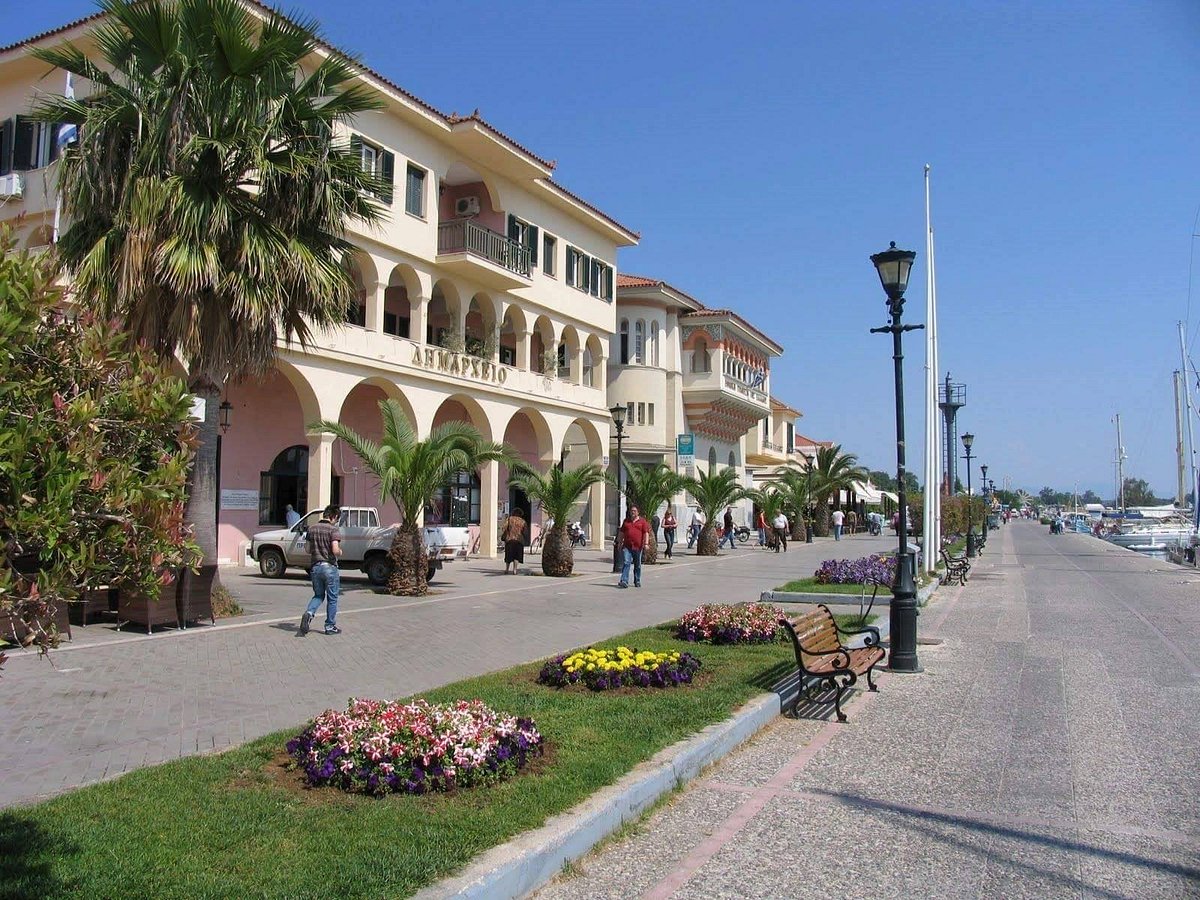
Recommended Attractions and Day Trips
When I explore the ruins of Nicopolis, I find Roman walls, ancient mosaics, and an impressive theater. The Archaeological Museum sits nearby and displays statues, pottery, and mosaics from the site—an easy stop that really brings the ruins to life.
Back in Preveza, I love strolling the harbor promenade in the early evening, when locals and travelers gather. Day trips by boat on the Ambracian Gulf give you a shot at spotting dolphins or sampling fresh seafood.
If I want a change of pace, I drive up into the hills for small villages that still hold on to old traditions.
Must-see list:
- Ancient Theater of Nicopolis
- Archaeological Museum of Nicopolis
- The Preveza harbor and old town
- Ambracian Gulf boat tours
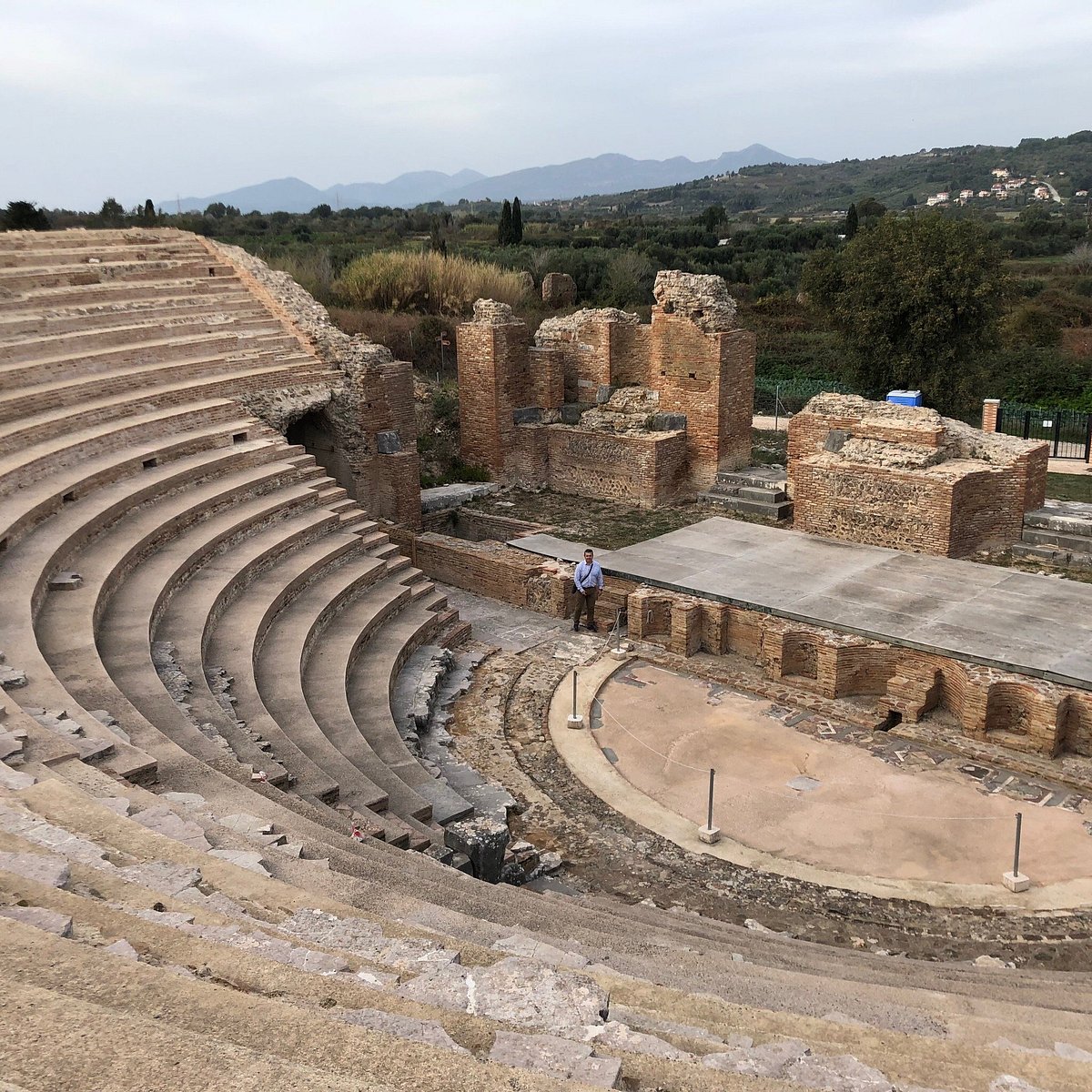
Travel Insights: Hospitality, Cuisine, and Practical Advice
Hospitality here feels so genuine. People usually greet me with a smile, and sometimes they’ll even hand me a complimentary glass of tsipouro or a local sweet.
Most hotels and cafes have someone who speaks English, but if I try a bit of Greek, the response gets noticeably warmer. Honestly, a simple “kalimera” goes a long way.
The local cuisine really stands out. Fresh seafood is everywhere—think grilled sardines, octopus, and shrimp.
Taverns along the quay bring out meze (those small, shareable plates). Bakeries tempt me with their savory pies.
Practical tips:
- Most places accept credit cards, but I always keep some cash for the smaller shops.
- Don’t skip the local cheeses and olive oil—they’re honestly delicious.
- Summer crowds can get wild, so I try to reserve tables early at the popular spots.
- Local buses reach the major sites. Still, renting a car gives me way more freedom, especially when I want to wander the countryside.
Travel guides and online resources—especially videos and ebooks—usually give me fresh recommendations and itinerary ideas.
Whenever I can, I ask for local advice. Locals know the hidden gems, and those tips always make my trip more memorable.

